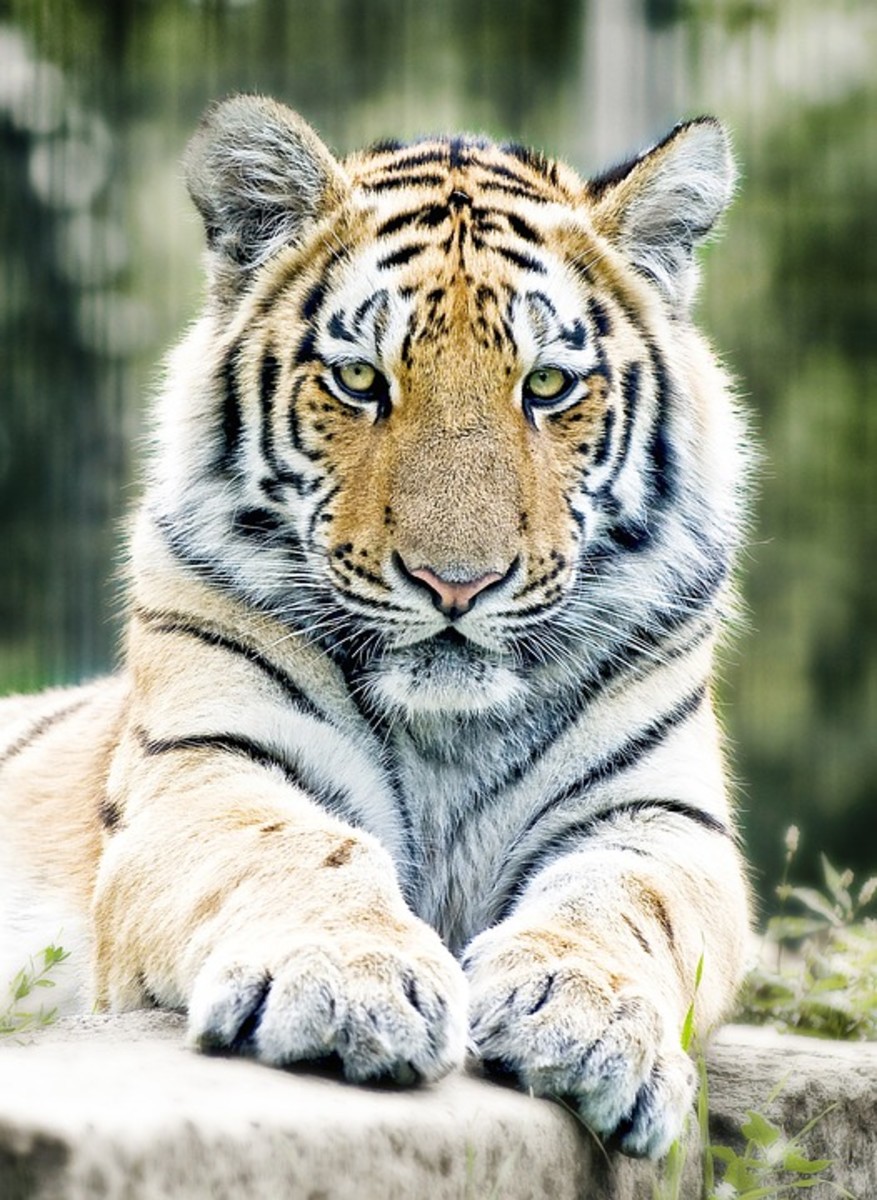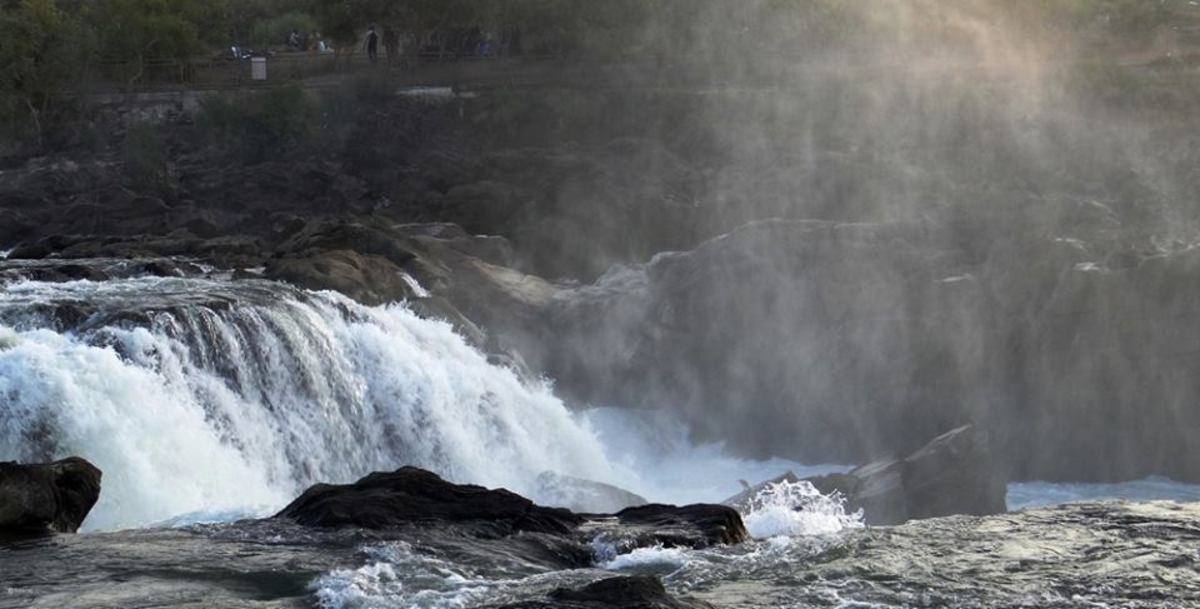- HubPages»
- Travel and Places»
- Visiting Asia»
- Southern Asia
Visiting a Tiger Country in India
Indian WIldlife & Tiger Lands
To a wildlife lover, nothing can be more exciting than making a journey to tiger heaven. Tigers live in dense forests with many other animals, some of which constitute their prey base. India has vast jungles along with major grasslands and wetlands. The altitude variation and climatic conditions give rise to many niche ecosystems that harbor diverse fauna and flora.
Element of Surprise
Unlike most of Africa, Indian jungles hold an element of surprise. In India, one will rarely come across large herds of animals. The jungle remains incredibly silent at times and shows no sign of life. Then in a split second, the drama unfolds, and the spectacle can be spell-binding - a tiger on a hunt or a leopard on the prowl. Imagine and it can happen...whatever.
Big cats surprise you like no other animal can, for they are extremely secretive and shy animals but at the same time unpredictable. Just when you start believing that there is no big cat around one may pounce right in front of you as if from nowhere. Bengal tigers appear at most unlikely places, and at unlikely times. They will then sit for a long time or walk carelessly in your presence without even noticing you.
Hence visiting a tiger country, again and again, is not repetitive or boring for each visit is unique in its own sense. You may never know what you will see, something which you have never ever witnessed before, and perhaps will never ever witness again. The film completes in bits and pieces.
Tiger Land
The wild country is rough, undulating, and difficult to counter. The habitat comprises dense forests, marshy swamps, grasslands, bamboo, and rivulets. This picture spectacle has been created by nature for millions of years of evolution. The large rivers in India have origins in thick forest belts, and mountains.
Trekking in the reserve is usually for those who are fit enough to do so. One should have an idea of animal behavior and morphology in order to locate and sight them. Tigers give a lot of signals as they move around, but not all animals do. Many herbivores as sambar, spotted and swamp deer can be very silent at times. The barking deer and four-horned antelope are shy and secretive, and on the slightest hint of man, they bolt like lightning. They can be the most difficult deer to sight.
Birding
Birding is very interesting in the reserves especially in the winters when migrants add up to the total. One needs a good pair of binoculars if he or she has to catch sight of a bird in the thick canopy of tropical forests. In the reserves, one can see a lot of forest birds, but many times with difficulty, one has to be well acquainted with calls.
Nightlife
Most of the animals in the jungles are nocturnal, and they can only be seen if you take a night drive in the forests. You need a powerful searchlight and keen sense to discover small wildlife and megafauna in pitch-dark forest lands. The experience though thrilling can be frightening as well if you stumble upon an aggressive big cat.
Hold yourself tight it is fun all the way.
Tiger Country Images
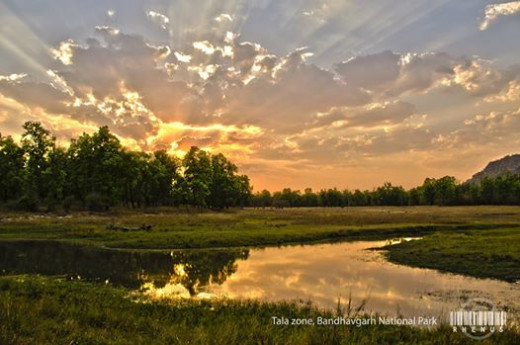
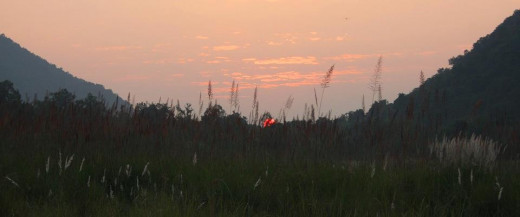
Elephant Safari
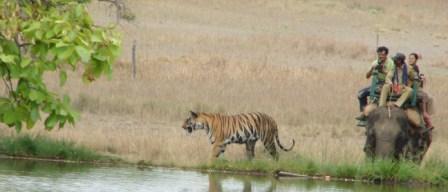
Tiger Photo
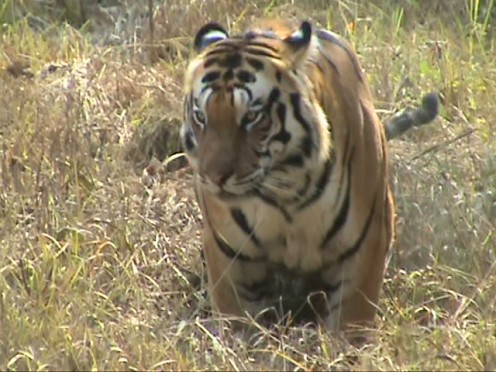
Organizing a Tour
The places to see the tiger in the wild are in Central India. The top reserves in the state of Madhya Pradesh offer the best chance of sighting one in the wild. They are Kanha, Bandhavgarh, and Pench National Park. The Corbett and Ranthambhore National Parks also offer good tiger sightings in the wild.
These places are accessible from Jabalpur in MP, they offer exciting wildlife safaris and birding opportunities. The park safaris offer sightings of many Central Indian Mammalian species like tiger, leopard, swamp, sambar and spotted deer, wild boar; muntjac, four-horned antelope; wild dogs, sloth bear, gaur, nilgai or blue bull and langur. At some places like Pench, a wolf on the prowl could be encountered. There are more than 200 species of birds to be checked listed in these preserves.
The best way to organize a tiger tour in India is to contact a tour operator who specializes in wildlife safaris and birding. You should plan in advance for the trip. Do some research, and if you wish to organize it yourself then go for online booking this way you will save the agent's commission as well. Take references from past visitors if you know them.
Another option is to travel in a group often made possible by the safari organizers. This is the best way of traveling in India, and sharing reduces individual costs. The package tours are safer and affordable, and they are operated by a company of professional managers, and naturalist guides.
I would also suggest booking entry permits online. These are mandatory else you will not be allowed entry into the parks. The entry fee is charged by the respective State Governments in India.
Habitats

Tiger Video
Bandhavgarh Safari
Wild Animals
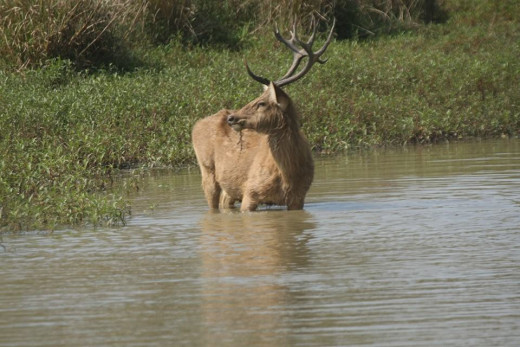
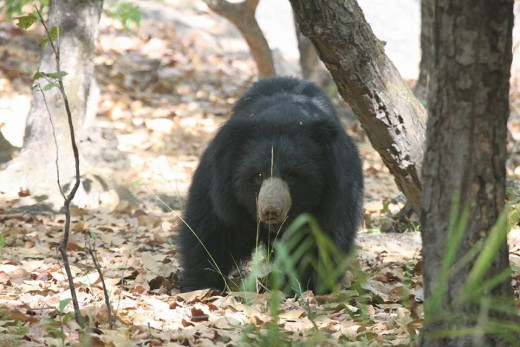
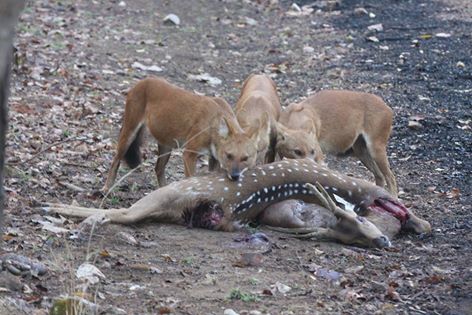
Bird Photo
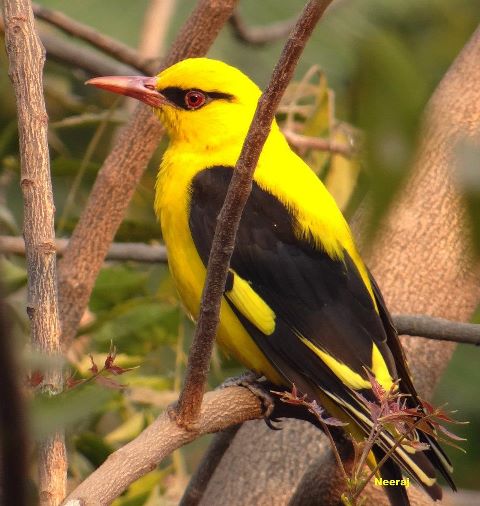
Best Reserves in India
Most of the natural lands with appreciable biodiversity have been notified as protected areas. These areas are not subject to resource exploitation, and human ingress. Those PAs have substantial tiger populations and have been brought under the umbrella of Project Tiger.
Project Tiger is a program initiated to conserve the big cat and the ecosystem as a whole. Hence these National Parks and Sanctuaries are called tiger reserves.
The best reserves in the country are:
- Kanha National Park
- Bandhavgarh Tiger Reserve
- Pench Tiger Reserve
- Corbett NP
- Ranthambhore NP
- Tadoba
- Kaziranga
- Manas
- Satpura
- Periyar
- Bandipur
- Nagarhole
- Sunderban Conservation Unit
There are many more tiger reserves in India. The first three are best for wildlife safari since the big cats are plentiful and easily seen. Besides, the reserves are home to a bewildering diversity of flora and fauna. The other animals that live here are panthers, wild elephants, bison, rhino, wild dog, deer, antelope, and many endemic species. The endemic species of animals are not found outside the Indian subcontinent.
Male Tiger in Bandhavgarh Reserve
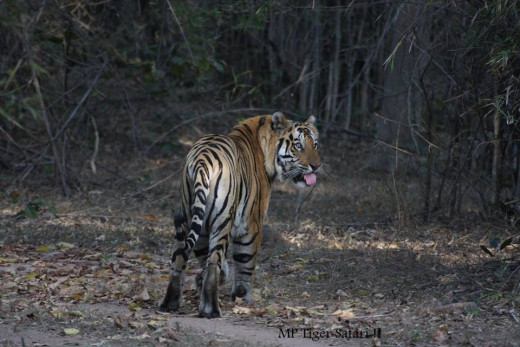
Tigress
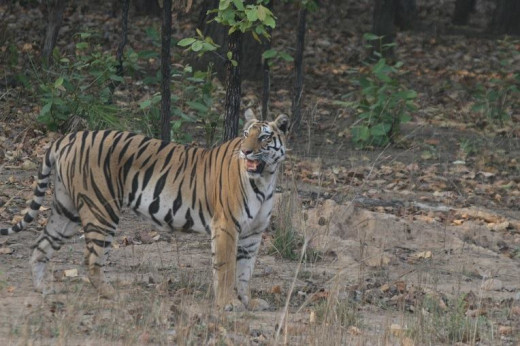
Open Jeep Safari
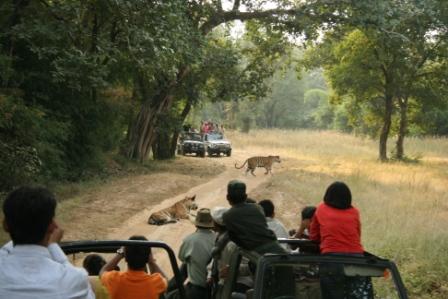
What Else in Tiger Country?
A tiger country is just not jungles, and wild animals...on the periphery are situated many villages. In most of the habitats, the villages belong to tribal communities. These are endemic communities living for ages in the depth of the forests. Since the forest areas have been reduced, the villages have been shifted outside the core area of the PAs in India.
The shifting of villages has resulted in the availability of greater areas for wilderness to survive. The animals have more breeding space as well as undisturbed habitats for living and foraging. Though relocation is a difficult task beset with problems it has become a prerequisite.
Around the core area in the buffer zone, man and animals have learned to coexist though there have been conflicts on a continued basis. The major problem in the periphery is the killing of livestock by predators and the subsequent poisoning of their kills. Another problem is the raiding of agricultural fields by herbivores, this also sets man against the animals. Sometimes man killing occurs accidentally or deliberately, this also makes the villagers turn against the animals.
Many villages have been urbanized, and they tax the natural resources prevailing in the outer areas of the parks. This has led to the degradation of the environment and reduced the area for the subsistence of wildlife.
The forest department has difficulty managing its land due to political interference, corruption, and intrusion by the locals. This is leading to increased degradation of the ecosystem. One of the answers to the problem is large-scale afforestation programs, fencing of fields, and educating the farmers.
Trekking in the Jungle
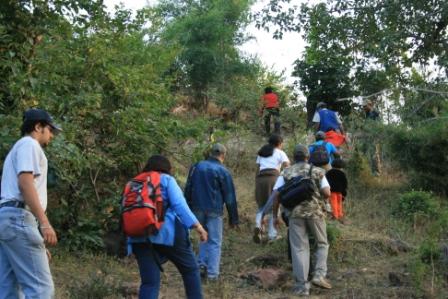
Rate This Hub
© 2008 Uday Patel

